Current Model Railroader subscribers: See the Athearn Genesis N scale Big Boy in action. We ran the sound-equipped steam locomotive on Jim Kelly’s N scale layout. Jim is a former managing editor of Model Railroader magazine. […]
Type of Train: Steam Locomotive
Athearn N scale Big Boy
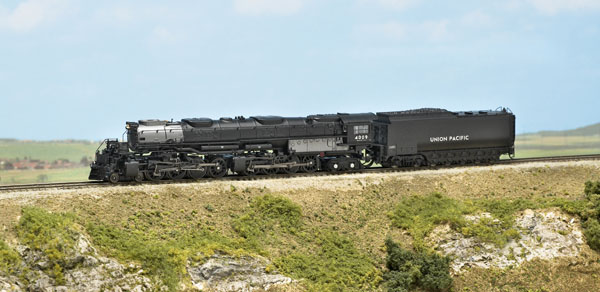
Athearn N scale Big Boy One of the largest locomotives ever built is available as a sound-equipped N scale model. The accurately detailed Athearn Big Boy 4-8-8-4 also has power worthy of its prototype. The N scale locomotive’s drawbar pull is almost double that of the average N scale steamer. Equipped with a Model Rectifier […]
Bachmann 1:20.3 K-27
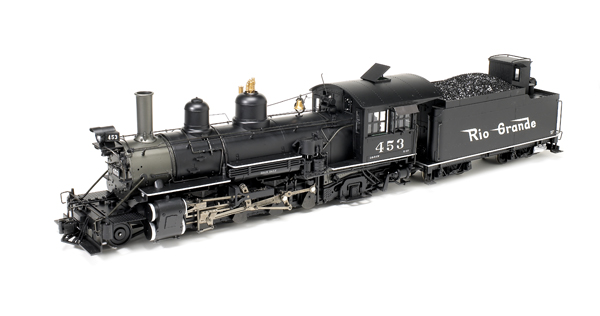
Bachmann 1:20.3 K-27 Several great looking K-27 class 2-8-2 locomotives, each including many roadnumber-specific details found on the prototypes, are now available in 1:20.3 proportion. These new Bachmann Spectrum narrow gauge models also have provisions for adding a sound system and a Digital Command Control (DCC) decoder or a Radio Control (RC) receiver. The K-27 […]
Video: MTH HO scale Triplex
Current subscribers: See and hear the new MTH Triplex run with Digital Command Control on our club layout, the Milwaukee, Racine & Troy and in our workshop with the MTH Digital Command System. […]
Video: MTH HO scale Triplex
Current subscribers: See and hear the new MTH Triplex run with Digital Command Control on our club layout, the Milwaukee, Racine & Troy and in our workshop with the MTH Digital Command System. […]
Bachmann K-27 locomotive
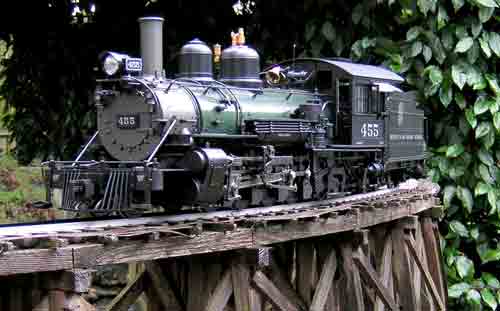
Dave Goodson 1:20.3 scale, gauge 1, K-27 2-8-2Bachmann Industries1400 E. Erie AvenuePhiladelphia PA 19124Price: $1,400Web site: www.bachmanntrains.com Plastic and metal model of D&RGW K-27 2-8-2; illuminated headlight, classification lights, cab light, firebox; DCC and sound ready; knuckle and hook-and-loop couplers provided; review sample, #83097-pre-wreck Nº 455, green boiler; 19V Pittmann motor with flywheel; engineer and […]
MTH Electric Trains HO Erie Triplex
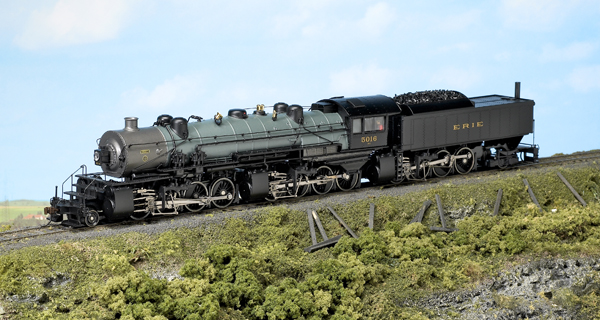
MTH Electric Trains HO Erie Triplex One of the more unusual prototypes to grace North American rails is now available to HO modelers. The 2-8-8-8-2 Triplex is the second HO scale offering from MTH Electric Trains. An accurate replica of the prototype, the model operates with realistic sound in DC, Digital Command Control (DCC), and […]
Bachmann K-27 locomotive modifications
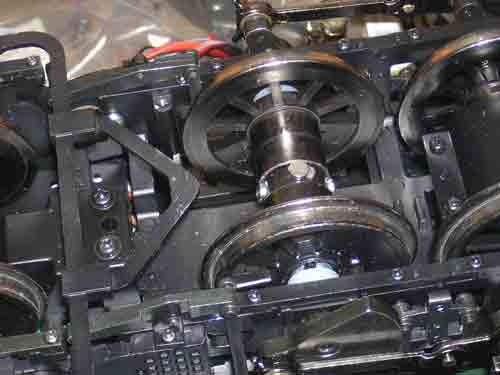
Don’t miss these cosmetic fixes for the K-27! Dave Goodson To do this modification, you must lock #1 and #4 axles! Photo 1 shows the magnets in place (set them where you want them), and the screws pre-threaded into the lower firebox holes provided. Dave Goodson Photo 2 shows a Sierra reed attached to the […]
Video Extra: Norfolk & Western Steam
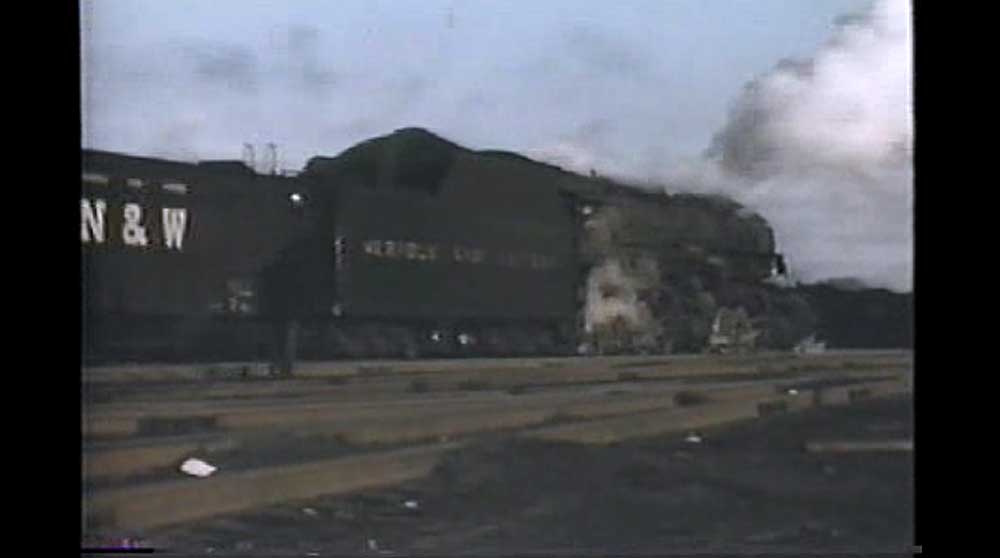
In the Spring 2008 issue of Classic Trains we look at the last weeks of steam on the N&W. See three clips of N&W 0-8-0’s and 2-8-8-2’s in action from the Herron Rail Video program Pocahontas Glory, Vol. 6. Norfolk & Western Steam – Episode 1 Norfolk & Western Steam – Episode 2 Norfolk & […]
Video Extra: Norfolk & Western Steam

In the Spring 2008 issue of Classic Trains we look at the last weeks of steam on the N&W. See three clips of N&W 0-8-0’s and 2-8-8-2’s in action from the Herron Rail Video program Pocahontas Glory, Vol. 6. Norfolk & Western Steam – Episode 1 Norfolk & Western Steam – Episode 2 Norfolk & […]
Customize your Bachmann K-27 with these modifications

Dave Goodson Note: These modifications are optional. They do not change the runability or performance of the locomotive. Modification #1: Front couplerThe couplers that come installed with some of these locomotives are short-shank units. The front coupler, if the jaw is open, has about a 1″ throw, side-to-side. With the jaw closed, it is about […]
Atlas O Industrial Rail 4-4-2 Atlantic
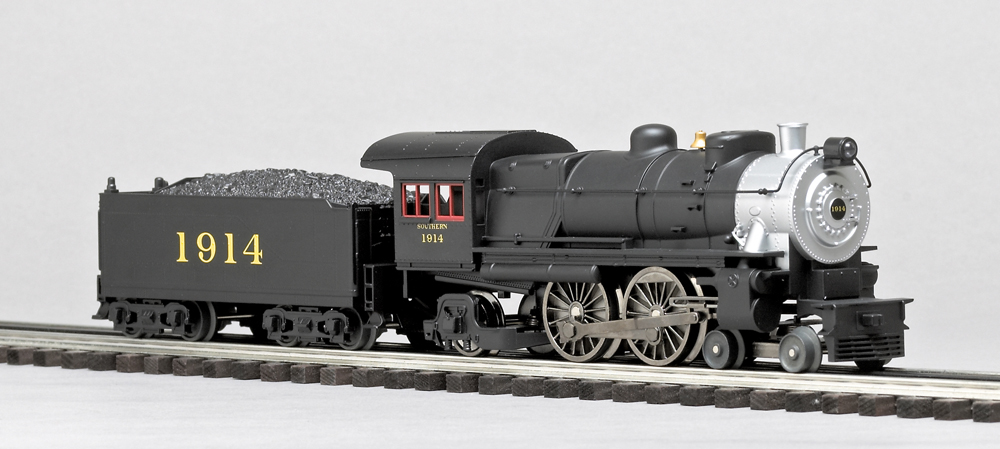
The new Industrial Rail 4-4-2 Atlantic by Atlas O is the firm’s first attempt to bring a nicely detailed, smoothly operating steam locomotive to the O gauge entry-level market. Its direct competition in the marketplace is Lionel’s 4-4-2 starter set and MTH’s old RailKing 2-6-0 starter set. All three are designed to provide a reliable, […]
